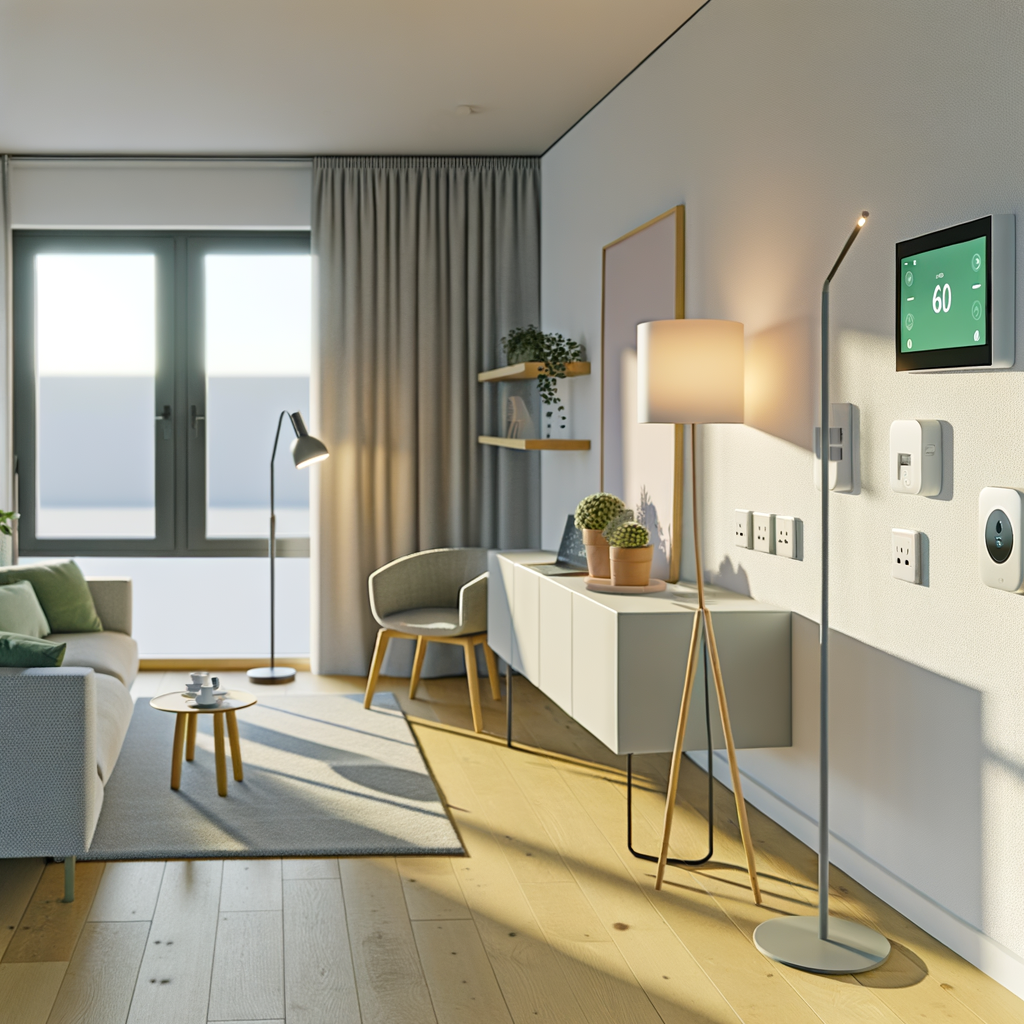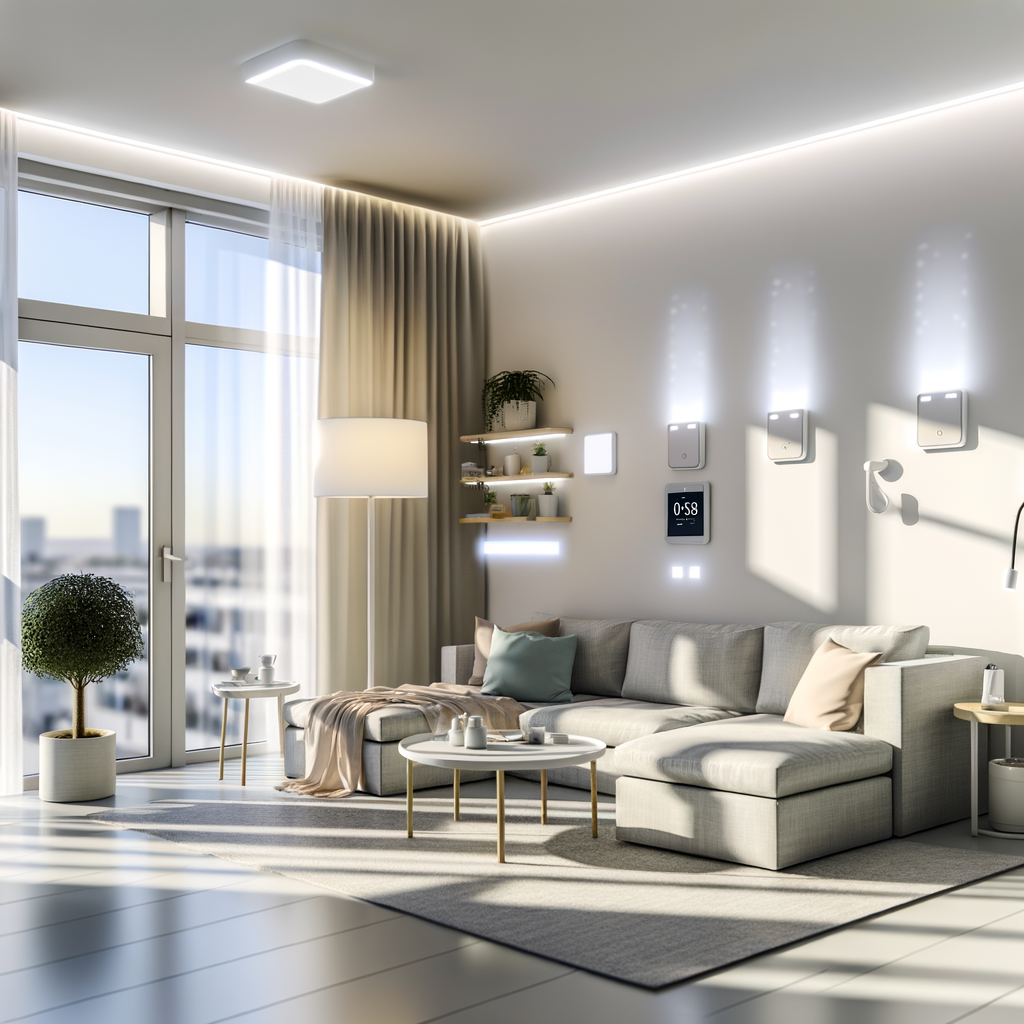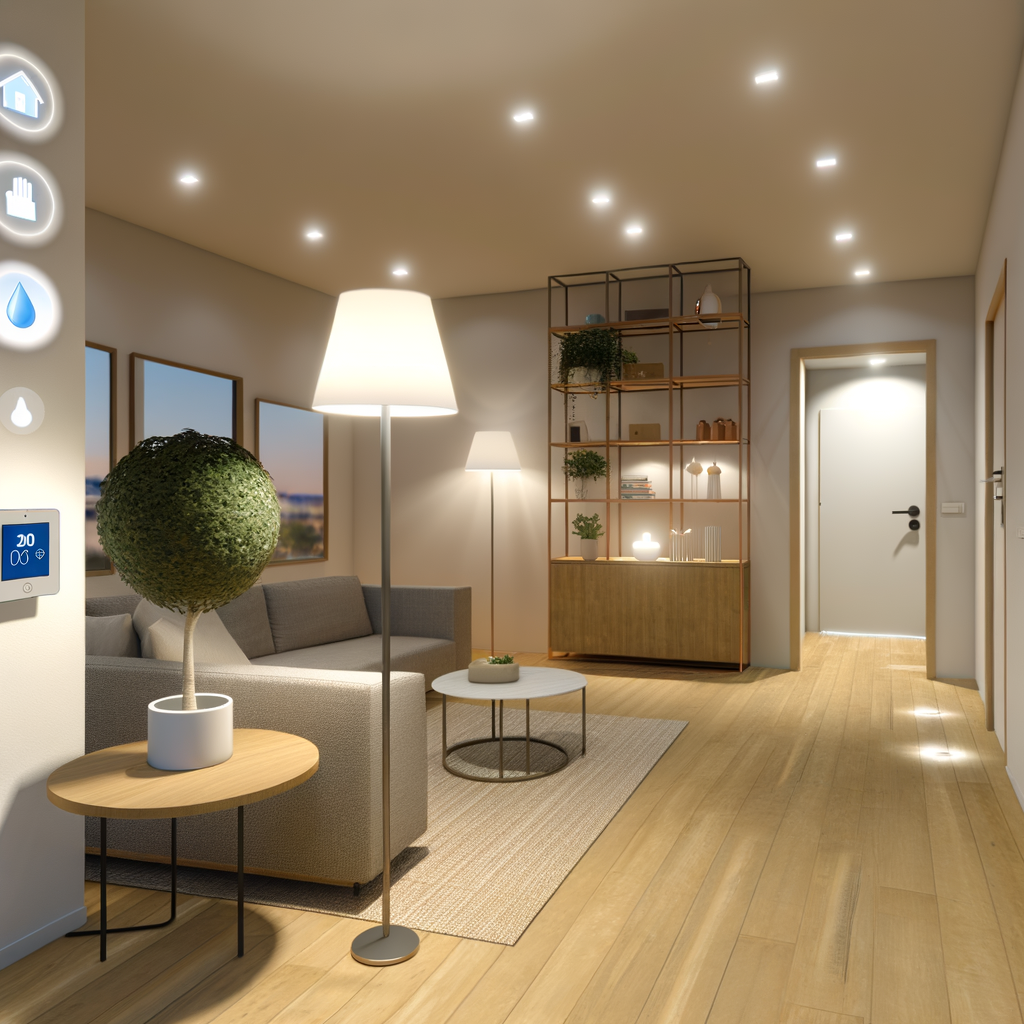How to Create an Energy-Efficient Smart Apartment on a Budget: A Renter’s Step-by-Step Guide
Dreaming of lower utility bills and a greener footprint—without drilling into your landlord’s walls or breaking the bank? Good news! Smart apartment tech is now affordable, easy to install, and perfectly suited for renters. With a few small changes and savvy product picks, you can transform your apartment into an energy-efficient and high-tech home. Here’s your step-by-step guide to make it happen.
Why Go Smart and Energy-Efficient in Your Apartment?
- Reduce energy waste and save money on your utility bills.
- Increase comfort—maintain the perfect temperature and lighting.
- Lower your carbon footprint.
- Enjoy convenience with automation and voice control.
Best of all, these improvements are mostly portable. Move out? Just take your tech with you!
Step 1: Assess Your Apartment’s Current Efficiency
Conduct a Mini Energy Audit
- Note the types of light bulbs you use (LED or incandescent?)
- List big energy users (window A/C, space heaters, old appliances)
- Check for drafts around windows and doors
- Count your power strips and look for “energy vampires”
Identifying these factors helps you prioritize upgrades with the biggest impact.
Step 2: Choose Smart Devices That Don’t Require Permanent Installation
As a renter, you want devices that won’t get you in trouble during an inspection. Look for:
- Plug-and-play tech—no drilling or complex rewiring
- Wi-Fi or Zigbee/Z-Wave devices that don’t need a proprietary home panel
- Stick-on or adhesive products for easy setup and removal
- Portable hubs if needed (compatible with Google, Amazon, or Apple ecosystems)
Step 3: Target the Top Energy-Wasters in Apartments
Lighting
- Switch to LED bulbs immediately for every socket—easy, affordable, and makes a huge difference
- Smart bulbs let you set schedules, adjust brightness, and control remotely
- Smart plugs make floor and desk lamps voice- or timer-operated, so lights aren’t left on
Heating and Cooling
- Smart thermostats (for window A/C or portable heaters) are designed for plugs, not wall-wiring
- Programmable outlet timers for window units to cut run-time when you’re not home
- Insulating curtains and weatherstripping (temporary, removable options) cut down on drafts
Appliance Standby Power
- Smart power strips cut power to devices that quietly drain energy (TVs, chargers, audio equipment)
Water Heating (Indirect, for Some Renters)
- Low-flow showerheads and faucet aerators reduce hot water use (check your lease for permitted upgrades)
Step 4: Start Smart—Choose an Ecosystem
For devices to work together (and be voice-controlled) choose one of these main ecosystems:
- Amazon Alexa: Great compatibility, affordable entry-point with Echo Dot
- Google Home: Seamless for Android/Chromecast users, supports a wide range of products
- Apple HomeKit: Best if you’re already in the Apple device world
Pick your primary voice assistant, then look for products marked “Works with Alexa/Google Assistant/Apple Home” for max compatibility.
Step 5: Build Your Smart, Energy-Saving Toolkit Step by Step
1. Smart Plugs: The Foundation of Renters’ Smart Homes
No need to rewire—a smart plug turns anything with a plug into a smart device! Features include:
- Remote turn-on/off via app or voice command
- Set schedules so lamps, fans, or appliances only run when needed
- Energy monitoring features (on select models) so you can see what’s using the most power
2. Smart Bulbs: Ease into Smart Lighting
- Install just like regular bulbs
- Change color temperature or dim to save energy
- Automate on/off or group rooms together
3. Smart Thermostats for Renters
- Look for plug-in thermostats (like Sensibo Sky, or Kasa Smart Thermostat Plug) for window A/Cs and space heaters
- No need for hardwiring—simply plug in and control via app or voice
If you have in-wall heating/cooling and can’t change the main thermostat, focus on room-specific solutions (fans, portable A/Cs, or heaters on smart plugs).
4. “Dumb” Appliances Get Smart
- Use smart plugs for coffee makers, TVs, and even tiny kitchen appliances
- Group them for quick “all off” routines before bed or when you’re away
5. Smart Power Strips
- Replace a standard strip with a smart version for media centers, workspaces, and charging stations
- Individual outlet control lets you cut standby power only where needed
Step 6: Save Even More With DIY and Low-Tech Fixes
Block Drafts and Heat Loss
- Use removable weatherstripping foam—no adhesive left behind
- Door draft stoppers (reversible and renter-friendly)
- Thermal curtains keep hot/cold air out but are easy to take down
Cut Down on Phantom Loads
- Unplug chargers and electronics when not in use, or use a smart strip
- Switch off computer monitors and gaming systems completely at night
Adjust Your Habits
- Run laundry on cold and only when full
- Take shorter showers to reduce hot water use
- Open windows for natural ventilation instead of cranking A/C or heat
Step 7: Automate for Energy Savings and Comfort
- Set “away” and “home” routines for lights, plugs, and thermostats with your smart home app
- Create timers or geofencing (automatically turning things off when you leave)
- Use scenes—“movie night,” “bedtime,” “workday”—for one-tap smart adjustments
- Utilize energy monitoring features to identify which devices to adjust further
Step 8: Monitor Your Progress and Optimize
- Check your utility bills each month to track savings
- Use energy data from your smart devices’ apps to pinpoint big users
- Adjust schedules, brightness, or temperature settings for more savings
- Keep an eye out for new plug-and-play smart gadgets to expand your system
Renter-Specific Tips to Stay Lease-Friendly
- Don’t drill or hardwire—choose peel-and-stick, plug-in, and portable products only
- Document before-after photos if you make any changes—especially for weatherproofing or window films
- Everything you install should be fully removable when you move out
- If in doubt, check with your landlord before




